
October 2016
- INDUSTRIAL HYGIENE/IAQ: Basics of Indoor Air Quality in the Workplace
- INDUSTRIAL HYGIENE/IAQ: Sick Building Syndrome: What It Is and Tips for Prevention
- FOOT PROTECTION: Putting Our Best-Protected Feet Forward
- HEARING PROTECTION: Proven Methods for Reducing Noise Exposures
- HEARING PROTECTION: Can You Hear the Training Now?
- HEARING PROTECTION: Selecting Hearing Protectors -- It's the Fit That Counts
- NSC 2016 PREVIEW: Our Anaheim Excursion
- ERGONOMICS: Creating an Effective Ergonomics Program
- EMPLOYEE ALCOHOL & DRUG TESTING: Maintaining Drug-Free Workplaces Where Marijuana is Legal
- EMPLOYEE ALCOHOL & DRUG TESTING: How to Maintain a Drug-Free Workplace and Ensure Audit Success
- MATERIALS HANDLING: Fork Truck Free and New Materials Handling Innovations
- EMPLOYEE GIFTS & INCENTIVES: OSHA Guidelines, Incentives, and the Win-Win-Win-Win Scenario
- EMPLOYEE GIFTS & INCENTIVES: Safety Incentive and Reward Programs Can Help Increase Work Safety
- DEFIBRILLATORS & CPR: A Standardized Process to Determine Appropriate and Effective Placement of Automated External Defibrillators
- DEFIBRILLATORS & CPR: Your Heart: The Differences Between Sudden Cardiac Arrest and a Heart Attack
- TRANSPORTATION SAFETY: A Comprehensive Look at the FAST Act
- TRANSPORTATION SAFETY: Prevent Future Profits From Going 'Down the Crack'
- SAFETY MANAGEMENT: Protecting Our Future: Young Worker Safety On the Job
Cover Story
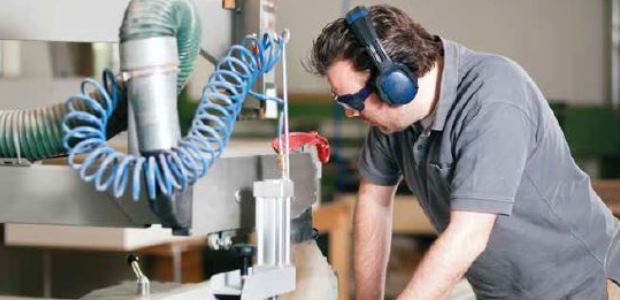
By Linda J. Sherrard
There is no correct, best, or worst training effort. The main things to remember are consistency and repetition. Any information has to be repeated in order for us to actually remember and put it to use.
Features
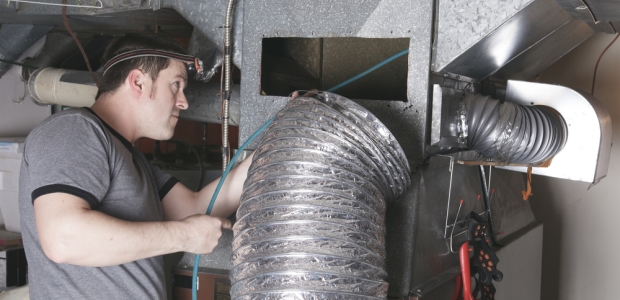
By Wesley J. Maertz
OSHA suggests that a proactive approach be taken to address IAQ concerns. Failure to respond expeditiously and effectively to IAQ concerns can quickly lead to more numerous or serious adverse health issues.

By Nikki Heinkel
Telltale clues include increased absenteeism, a large number of occupants complaining about vague but similar symptoms, and a common history of symptom resolution when people are not in the building.

By Matt Holden, Jerry Laws
Get ready for 2016's biggest U.S. safety show by viewing dozens of the new products exhibitors will be displaying.

By Ted Madison
In addition to selecting HPDs and documenting the PAR achieved by each worker, hearing protector fit testing is a critical component to worker training.

By Mike Stearns
Encourage young workers to ask questions about tasks or procedures that are unclear or not understood.

By Lisa Ruehle
Our drug-free workplace program should also get a checkup every year. Laws and regulations may have changed, and the company may need to adjust its policies and procedures.
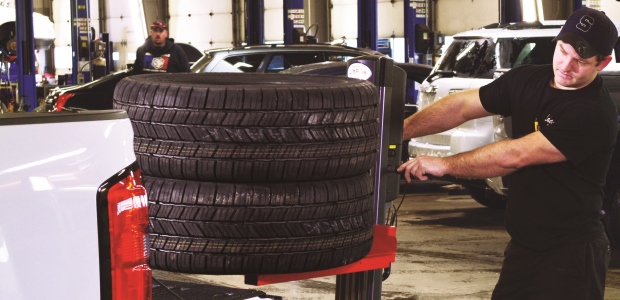
By Thomas R. Cutler
The ergonomic answer to moving heavy items without a fork truck, this innovative approach is designed for ease of use, higher productivity, and keeping workers on the job and free from injuries.

By Gene Kay
With the right assessment, training, management support, and processes in place, you can proactively identify and eliminate ergonomic issues before they result in debilitating injuries.

By Benita Johnson
Ultimately, one of the keys to ensuring job satisfaction and happiness in the workplace is by celebrating your employees’ achievements.

By James Tingay
Noise dosimetry may be necessary if the workplace noise levels vary throughout the day or if the workers are mobile, driving vehicles, or working in areas where it is either unsafe or impractical for a sound level meter to be used.
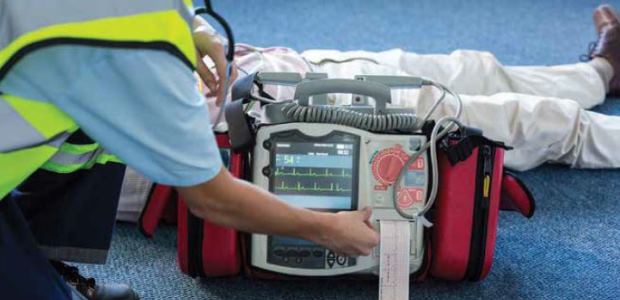
By Adam Maidment
Eating healthy, regularly exercising, and generally looking after the body are the best ways to reduce your chances of suffering a heart attack or an SCA.
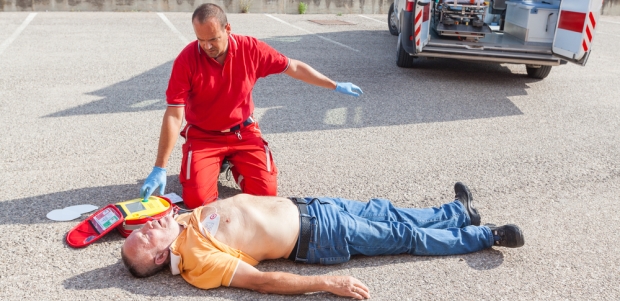
By Nancy Famolare, Jane C. Romano
The new tool is an innovative, standardized method of determining the most effective placement of these necessary devices.

By Matt Holden
The law mandates that FMCSA provide recognition for motor carriers that make voluntary use of advanced technologies and enhanced driver fitness measures.

By Brian Galonek
Improving employee engagement will greatly enhance the effectiveness of your safety training and meetings, increase participation in voluntary programs, improve two-way communications between employer and employee, and raise morale companywide.

By Jo McGuire
How much marijuana (or THC) should be allowable? This is an extremely difficult question and is asked of the drug testing industry regularly.
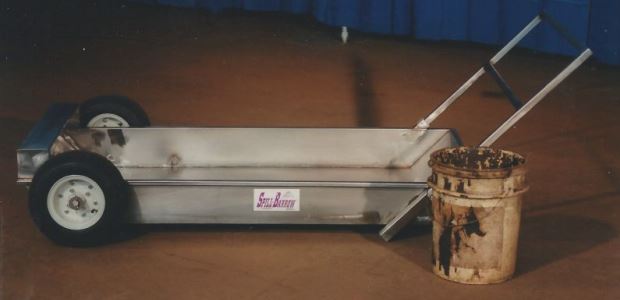
By Merrill E. Bishop
Little "ooops!" add up to big future problems.
Departments
By Shawn M. Galloway
Great performers are able to demonstrate the ability to win over and over again.
By Jerry Laws
A10.48 and TIA 322 are fast tracked, with a Jan. 1, 2017, effective date for both.
By Robert Pater
Solely broadcasting "shoulds" and "have-tos" quashes energy and internal motivation.